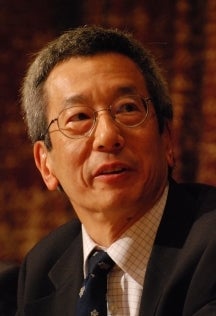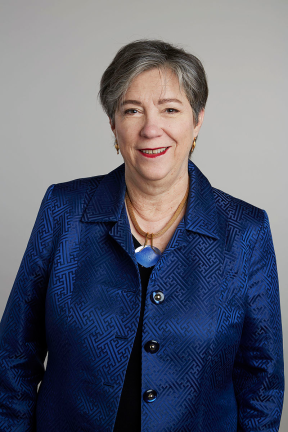Science progresses because of passionate and audacious individuals who are unafraid to ask questions, answers to which influence how we live our lives and view the world. We lost many of these brilliant minds in 2016.

Around this time of each year one tends to take stock of things that happened through the year. While you’re doing the maths for your personal life, news outlets prepare lists of all the notable and noteworthy events that occurred that year. This includes lists of prominent individuals who have died, categorized by the fields in which they were prominent. So you find lists of musicians, actors, writers, even politicians who died that year, published in non-speciality publications. In other words, outlets like Vanity Fair are not the only publishers of lists of actors who died — even The New York Times and less prominent local news outlets publish these lists.
To be sure, these individuals left an indelible mark and made a difference to scores of casual viewers/listeners and even connoisseurs, but it has never failed to surprise me how little ink is devoted to scientists who have also left their mark on this world. While scientific publications do devote vital space for these obituaries, if conventional non-science media also wrote about the passing of scientists it would be one small step in the direction of making science a more accessible professional option.
This year there has been much discussion on the unusually large number of celebrity deaths, and as I write this there is news of George Michael’s passing. One reason attributed to this larger number is because we’re at a time when pop culture icons who flourished in the 1960s are now well past their 70s, and some having lived a hedonistic life have died earlier than others. And while we deeply regret their passing, we are able to look back and reflect on their impressive repertoire and the lives they touched through their works. Through these reflections and obituaries available from innumerable outlets, there are many who are only now introduced to that impressive repertoire, and it’s not uncommon that an artiste gains new followers upon their passing.
Scientists by and large are unfortunately not afforded the same level of publicity — not during their lives, nor when they die. Even Nobel laureates remain in the public eye at best in early October when the Prizes are announced, and December when the ceremonies occur. How many people will be able to name the 2016 Nobel laureates in physics, chemistry, or physiology and medicine? And how many will be able to name the 2016 Nobel laureate in literature? I reckon the ratio will be 100:1 in favor of remembering the literature laureate, irrespective of whether you are familiar with Bob Dylan’s repertoire.
The scientists we lost this year made discoveries and influenced their fields to such an extent that not just their own research, but also that of their peers has affected our lives. While many prominent scientists died this year, a case in point would be the passing of Roger Yonchien Tsien.

Tsien, along with his co-awardees Osamu Shimomura and Martin Chalfie, was awarded the 2008 Nobel Prize in chemistry, “for the discovery and development of the green fluorescent protein, GFP”. GFP or green fluorescent protein is protein found in jellyfish, that is small enough to be engineered to be attached to cellular proteins without disrupting their activity to any appreciable extent. This pathbreaking technology has been adopted in almost every life science laboratory, and has enabled the development of a variety of biosensors. Using these biosensors, our understanding of brain development and morphology has outpaced previous efforts. In fact GFP based biosensors have been used to study every organ and the results have provided a basis for a deeper understanding of many diseases. Including cancer. And it is only when we understand diseases that we can move to developing cures and arresting them.

Susan Lindquist was another visionary scientist who died this year. From cancer. In a profile by The Scientist published in January 2016, Lindquist said “I like to do high-risk and high-payoff kind of research. And I had a gut feeling that MIT was a cool place to be with people who are fearless.” Her area of research was studying how proteins fold within a cell, and the cellular machinery recruited to shepherd the process of folding as well as folded proteins across the cell. Elucidating these steps is critical to understanding why these processes are disrupted in a number of diseases. Her research was also pivotal in enhancing our understanding of prion biology.
While this article is not intended to supply an exhaustive list of scientists who died in 2016, it is an effort to raise the question of why mention of scientists’ contributions when they die, is restricted to obituaries alone; and how integrating scientists in lists of deceased celebrities is important if we intend to give science its due place in society. By promoting the accomplishments of scientists if not through the course of their lives, at least in their deaths, we will not only give them their due but also acquaint the public with the importance of their discoveries, and the critical need to continue to fund basic scientific research. This would be a good time to think about this as we wind down this Wikipedia Year of Science.
